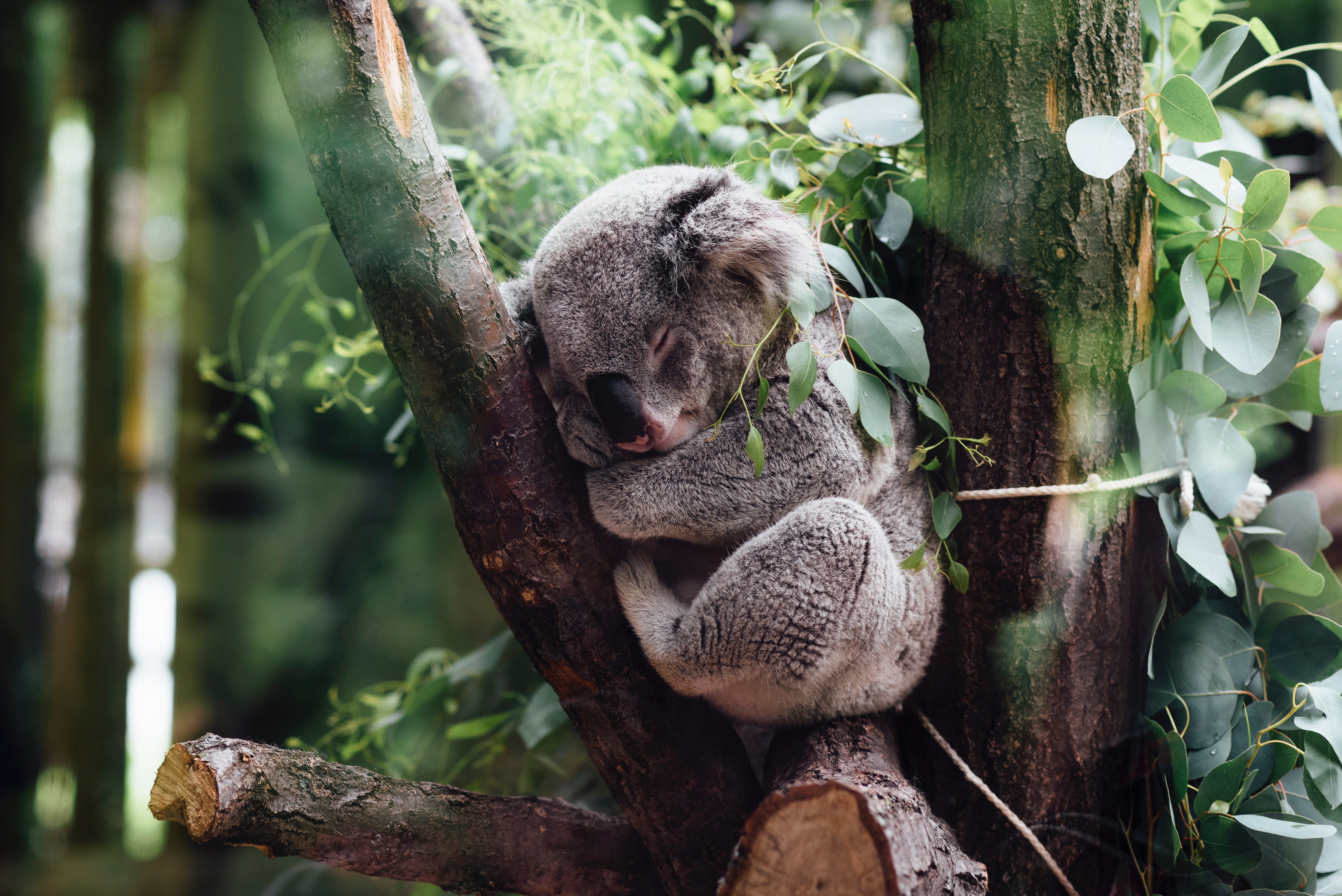
Habitat destruction, disease, and development are just a few daily threats faced by the koala, one of Australia’s most iconic marsupials. These threats have contributed to one of the severest population declines on record, largely impacting Queensland and Northern New South Wales.
The Koala, Phascolarctos cinereus, is an endemic species found mainly in patchy distributions along Eastern Australia. They are habitat specialists and are mainly restricted to Eucalypt forest and woodlands. Currently, the population extends from far North Queensland to Victoria and across to South Australia. In the past 10 years, Koala experts say populations in South-East QLD and Northern NSW have declined at alarming rates.
A study published last year by the Department of Environment and Heritage Protection monitored populations along the South-East Qld Coast and Pine Rivers indicating significant declines since 1996. There is an estimated 80.3% decline in coastal sites and 54.3% in Pine Rivers. Conversely, in Victoria and South Australia, populations are experiencing issues of over abundance.
The International Union for Conservation of Nature (IUCN) lists Australia’s Koala populations as being of least concern, however, in 2012 the koala was recognized as a threatened species in Qld, NSW, and the ACT under the Environmental Protection Biodiversity Conservation Act 1999. In 2013, a dark period loomed for koala populations when an amendment to land management legislation allowed clearing of remnant vegetation on high-value agricultural land. It has been estimated that more than 300,000 hectares of land were cleared, triple the rates of 2010.
A number of studies conclude that population declines in QLD and NSW are highest in urbanised coastal regions where habitat continues to be destroyed and there is high mortality caused by chlamydia, dog attacks, and vehicle strikes. Chlamydia infection is especially problematic as it affects the fertility of female koalas and is easily transmitted sexually. These declines will most likely increase as development rapidly encroaches on the remnant forest. In western regions clearing of native vegetation for agriculture, open-cut coal mines and coal seal gas development remains a great threat to populations.
The various levels of government and other stakeholders hold the key to the survival of our unique fauna and flora. Quick fix solutions are often initiated, but they rarely provide a chance for long term population recovery. For example revegetation only works if disease treatment is carried out at the same time. Proper management and protection methods must be implemented on remnant vegetation or conservation efforts may be outweighed by habitat loss.
Multi-generational management plans are necessary to maintain healthy koala populations throughout South East Qld and Northern NSW. These must encompass an inter-governmental approach between local authorities, state and federal governments. There is no short term solution or quick fix.
The koala’s high public profile can be used to promote its intricate ecological and economic value. This public profile has been elevated even further in the led up to the 2018 Commonwealth Games on the Gold Coast with the selection of Borobi the blue Surfing Koala as the mascot. If we can’t protect our Aussie icon and Queensland’s fauna emblem, then what hope is left for the future of Australia’s unique fauna and flora?
Views: 146
